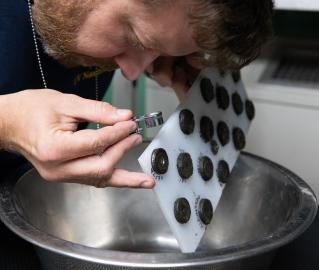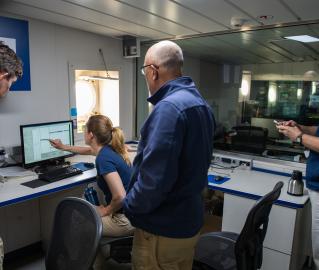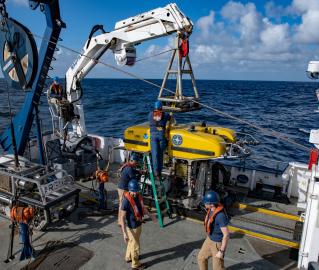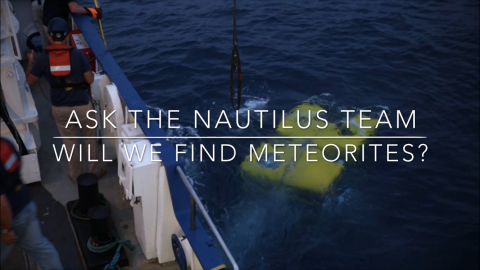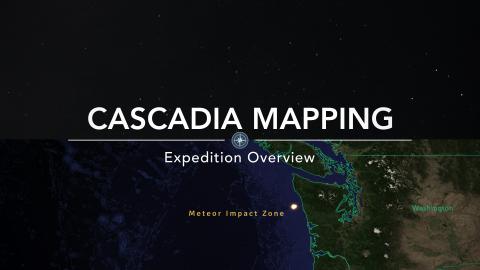Meteorite Hunting in Olympic Coast National Marine Sanctuary
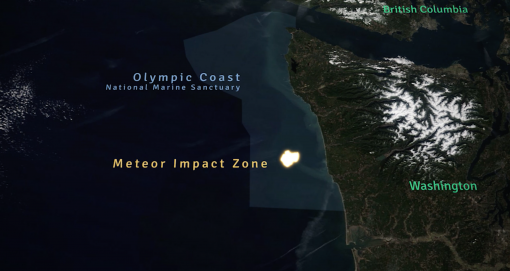
Exploration Vessel Nautilus will attempt to locate and recover fragments of a rare, large meteorite fall that was recently observed in NOAA’s Olympic Coast National Marine Sanctuary off the coast of Washington. A remotely operated vehicle (ROV) dive will occur on July 2, 2018, from approximately 9am-4pm PT (weather dependent)--and as always, the public can explore with the Nautilus team in real-time on Nautilus Live!
Dr. Nicole Raineault of the Ocean Exploration Trust will serve as Expedition Leader for this expedition running from July 1-4, 2018. Support for this expedition comes from NOAA’s Office of Ocean Exploration and Research, Ocean Exploration Trust, and National Geographic Society.
On March 7, 2018, a bright meteorite (called a bolide) fall was observed about 25 km off the coast of Grays Harbor County, Washington--captivating viewers all along the coasts of Washington and Oregon. Ocean Exploration Trust is working with scientists from Olympic Coast National Marine Sanctuary, NASA, and University of Washington to locate the meteorite fall. E/V Nautilus will map a 1 sq km area, and then conduct a search of the area with ROVs Hercules and Argus and recover any fragments located. If successful this will be the first known recovery of a meteorite from the ocean!
NASA Cosmic Dust Curator Dr. Marc Fries, who will be onboard Nautilus for the expedition, provided his analysis that indicates this fall is approximately 2 tonnes of meteorites and the largest meteorite fall he has seen in 21 years’ worth of radar data--since modern weather radars have been online! His analysis included data from the NOAA NEXRAD radar system, terrestrial and ocean bottom seismometers, wave energy shifts detected by a local sensor buoy, and resident accounts and recordings of the visible light plasma that resulted from the falling meteorites.
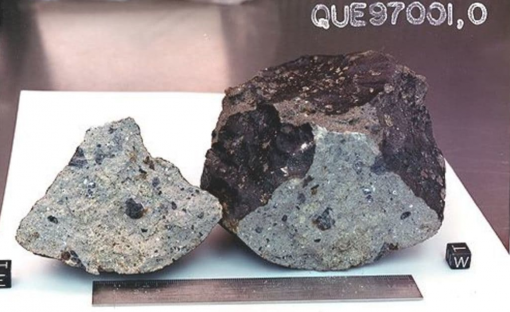
The calculated mass for the largest meteorite(s) is 4.4 kg, which equates to a meteorite approximately 12 cm (5 in) in diameter. Dr. Fries estimates that at the fall site for the largest meteorite, there may be 2-3 meteorites for every 10 square meters of sea floor. If found, meteorite fragments will be shipped to the Smithsonian Institution in Washington, D.C. and become part of their research collections.
This short expedition will continue to transit from Astoria to Sidney, BC and we will map with the E/V Nautilus EM302 multibeam echosounder and take the opportunity along route to fill in gaps in high resolution mapping. The purpose of this surveying effort is for general bathymetric data collection and seafloor characterization through backscatter.
Follow along with this expedition on Twitter @EVNautilus and on National Geographic's Open Explorer expedition log.
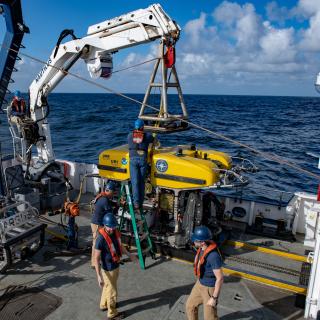
Cascadia Margin & Washington Mapping
This short expedition will transit from Astoria, Oregon to Sidney, British Columbia and will include seafloor mapping with the E/V Nautilus multibeam echosounder and sub-bottom profiler.
